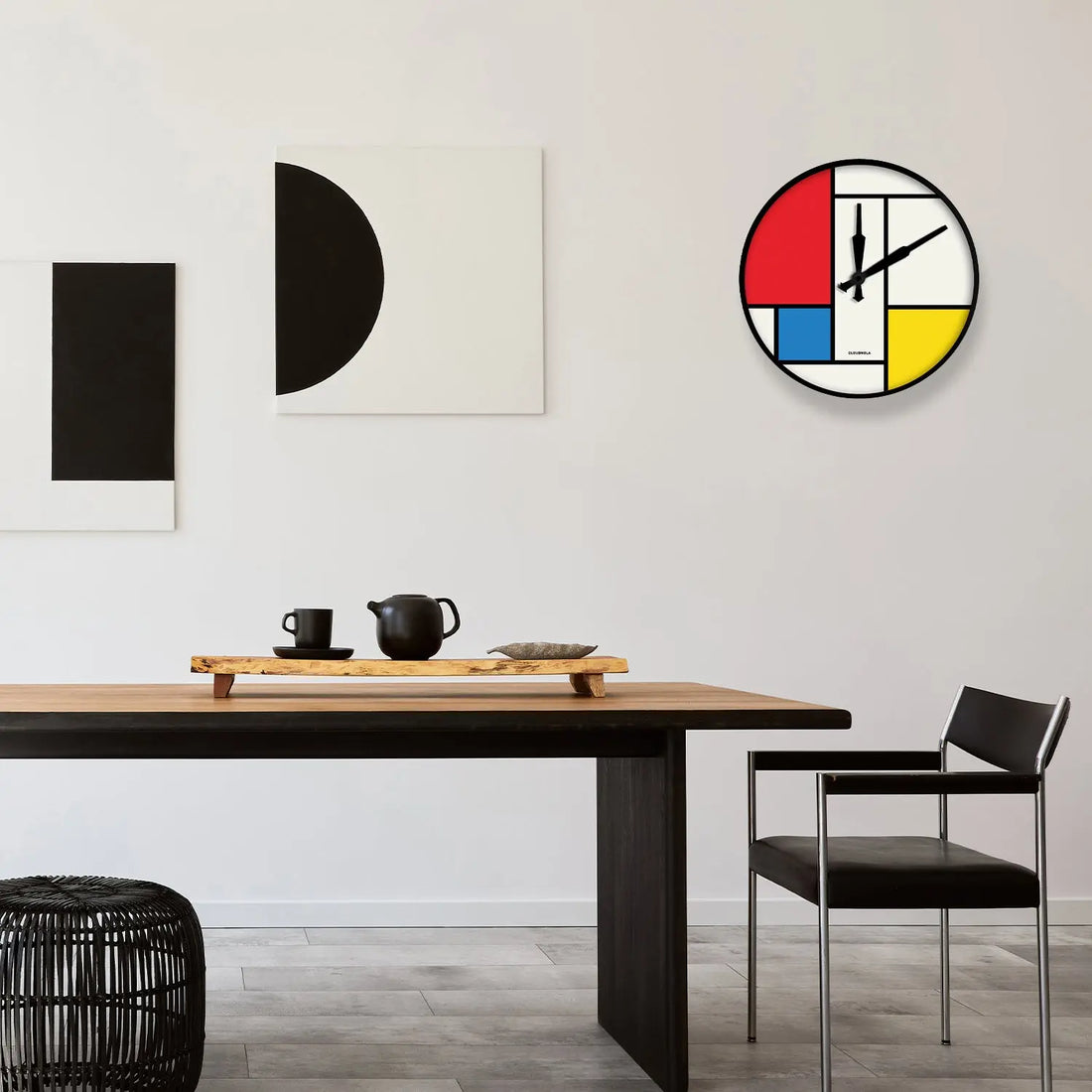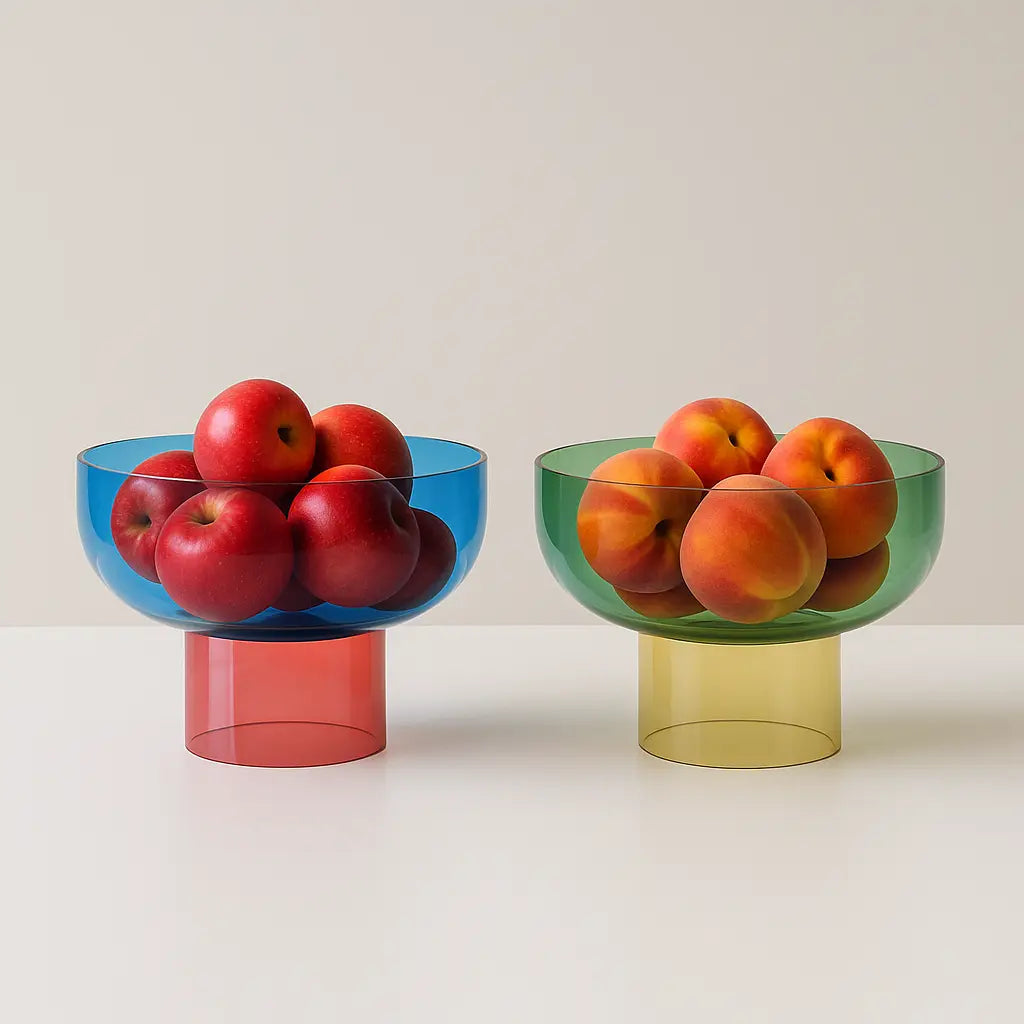Design trend #Bauhaus - Bauhaus Clocks
Share




Inspired by the rich history of Bauhaus, the Cloudnola Bauhaus Clocks are an updated mid-century silhouette and comes in a thoughtful combination of materials and finishes. Distinct vintage hands and a Bauhaus - honored graphic dial lend sophistication to this new classic.
Hand-assembled in our Dutch Studio, operated by a quartz movement and silent movement. A real design statement that earned its existence already.
Bauhaus is everywhere in modern design; it's hard to look at a contemporary piece of furniture for example, without noting how much the clean, simple lines are reminiscent of the Bauhaus style.
Let us tell you more about this influential art movement.
The Bauhaus was an avant-garde design studio that operated in Germany between 1919 and 1933. Founded by architect Walter Gropius, the school incorporated art, architecture, and in particular, distinctive furniture that would become known as Bauhaus style.

Attracted by thriving industrial growth, Bauhaus moved to Dessau in 1925. This period hosted their most recognized output, mixing industrial design with the locale’s spirit of artistic expression.
In April 1933, like most things German at the time, Bauhaus was shuttered by the political party that would soon wreak havoc on the continent. New schools based on Bauhaus opened across the world, started by students dispersed to locations such as Chicago, North Carolina, and Tel Aviv.
These early designers were revolutionary in their experimental designs, which had a simplicity, harmonious geometry, and industrial-like practicality; the idea was that high design should be cheap enough to be utilized by the masses. Mass production was the aim, and the school's slogan and its core raison d'etre became Art into Industry.




Through minimalism, Bauhaus introduced the idea that “Form follows function.” A way to describe such minimal design could be, “It’s in a Bauhaus style,” though no formal style was adopted. The focus was on a minimalist, reductive approach with the highest possible quality.
The style had a tremendous impact on 20th-century furniture design and beyond, as into the 21st century, its influence is still strong among contemporary architects and designers, not to mention the number of Bauhaus furniture reproductions that continue to be manufactured in many parts of the world.

Barcelona Chair by Mies van der Rohe and Lilly Reich

Nesting Tables by Josef Albers


